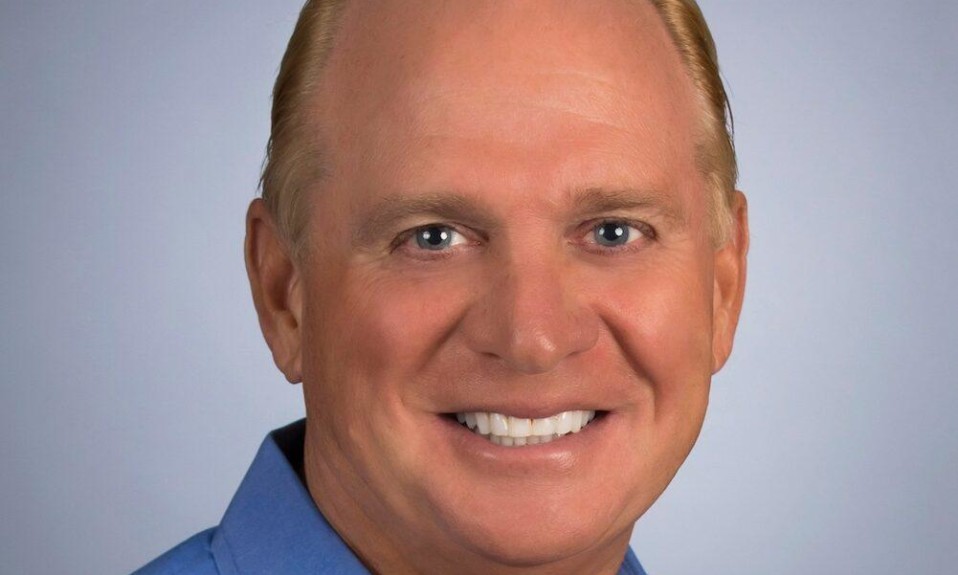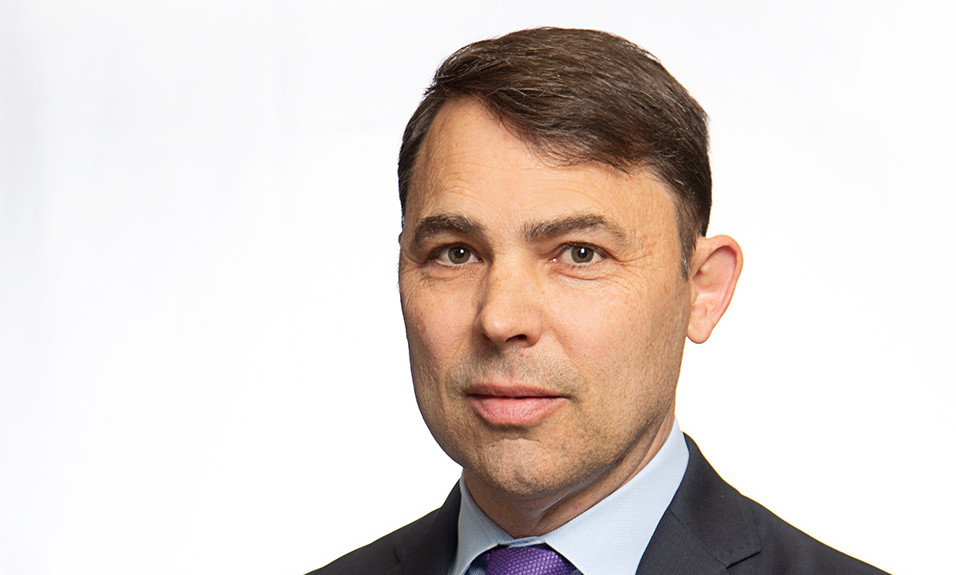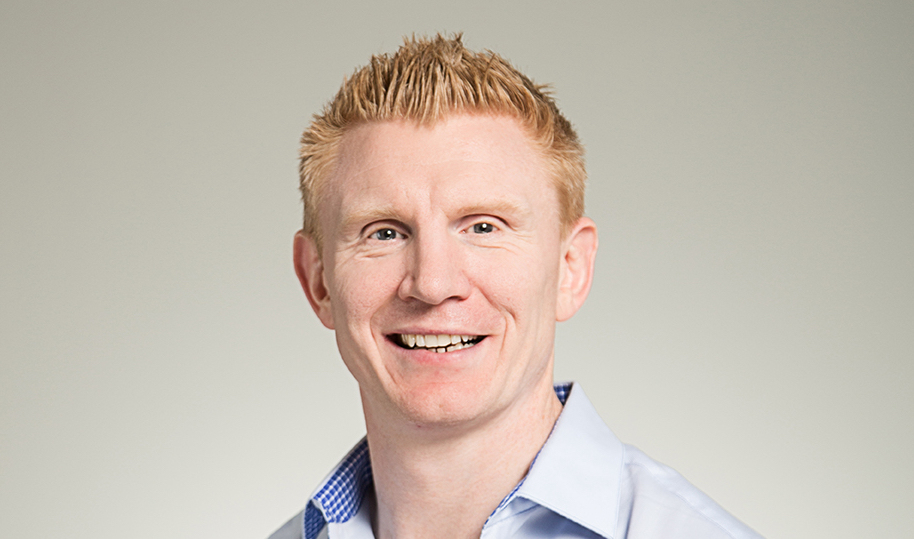The provider’s outpatient addiction treatment centers are reaching underserved rural communities
By Jennifer Taylor
March 24, 2021After years of healthcare work, including in physician-practice management and kidney care, Steve Priest ended up in the addiction treatment space—specifically, at Spero Health—by accident.
In the summer of 2016, the Nashville transplant was at a crossroads in his career, so he began to explore the broader needs of the healthcare landscape. He knew he wanted to build a Nashville-based healthcare company in a sector that would truly make a difference. Priest confesses that while he was aware of the opioid epidemic at the time, he wasn’t personally connected to it.
“I didn’t know what I didn’t know,” Priest says. “But pretty quickly I identified that there was a remarkably underserved patient population.”
His decision to launch Spero Health in 2018 was tipped by the sound advice of investor, board member and former U.S. Senator Bill Frist of Tennessee, whose response to Priest’s question, “Do you think I’m crazy to launch an addiction treatment healthcare company?” went something like this, “Well, it’s the number one healthcare crisis in America. Somebody needs to figure out how to do it the right way using evidence-based medicine. And somebody needs to figure out how to do it at scale if you truly want to help thousands of people.”
And that, according to Priest, was the impetus for his journey to becoming CEO and president of Spero Health.
There’s such a need in the more rural markets. … [We] had to create a place where people could go to get care that was local and affordable.”—Steve Priest, CEO and president of Spero Health
Spero Health has grown to operate more than 50 freestanding outpatient clinics located throughout Kentucky, Ohio, Indiana, Virginia and Tennessee, providing care for more than 9,000 patients. The provider is privately held by Heritage Group, Health Velocity Capital, South Central, Inc. and Frist Cressey Ventures, and is self-described as one of the largest office-based opioid treatment providers in the country. It is in-network with Medicaid and most commercial insurance plans and offers integrated healthcare services while specializing in local and affordable outpatient care for individuals suffering from substance use disorder.
Spero Health’s evidenced-based integrated care model combines physical and behavioral healthcare services to treat the whole patient. It includes physician services for medication-assisted treatment, behavioral health counseling, recovery support services, medication management and patient and family education.
Priest spoke with TreatmentMagazine.com about Spero Health’s formative years, what he’s learned along the way and his optimistic view of the treatment field as a whole.
Q: Spero Health is focused on outpatient care. Why is the quality of outpatient care so important, say, in comparison to residential care?
A: We founded the organization based upon bringing high-quality, clinical care in an integrated fashion to the people where they live. Here in Tennessee, we have a lot of rural communities. While we have facilities in more urban markets, such as Columbus or Nashville or Memphis, there’s such a need in the more rural markets. And to do that you had to create a place where people could go to get care that was local and affordable. In our case, for example, where 80% of our patients are Medicaid, they either can’t afford an inpatient stay, or they can’t go away, or they have their own obligations and commitments.
The idea was to meet the people where they are. We started focusing on the opioid epidemic, but more broadly on substance use disorder because of the evolution of poly-substance use. And we’re seeing a huge increase in methamphetamine use, which is frequently laced with fentanyl now. You start in one place and you end up in another, because if you’re good at evolving, you do that.
Q: You’ve described Spero Health as being in its “toddler years.” What are you working on innovating?
A: We’ve dramatically changed in the last three years from where we started because that’s how the science continues to evolve and how the patient population continues to evolve. [Because of] the increase in methamphetamine use and other stimulants, we have implemented the Matrix Model across the organization to help deal with that change. We continue to see more and more patients struggling with alcohol use disorder. So our clinical model—while at its core [includes] behavioral health counseling, physician and nurse practitioners care, recovery supports—continues to evolve. In some of our clinics, for example, we are now doing hepatitis C treatment. We were diagnosing it. We were referring it out, and then the patient population was frequently never getting care.

We began exploring other services, such as dietitian services. [Spero is] partnering with community-based resources to provide dental care and some of those things that this patient population might not have access to, or might not have the ability to get to, given their current socioeconomic barriers.
Then the pandemic forced us into telehealth. In basically two weeks, we went from doing very little telehealth to about 95% of our care [being] provided by telehealth during the height of the pandemic. We still made a very conscious decision to keep every one of our clinics officially open. The premise there was that we are a safe place for some of our patients, and we’re a place they know they can get help. In hindsight, while it was a scary decision, it was the right decision.
Q: For our readers, who may not understand the role of private equity in Spero Health, can you explain how and why it works?
A: When I originally had the idea to do this, I did not think: Oh, I’m going to build something, do it for two, three years, and sell it and make a lot of money. That was never the purpose. I wanted to build a Nashville-based healthcare company. I wanted to do it in a way that made a difference in people’s lives. And I wanted to do it with people I enjoy working with.
As I identified this as a need in healthcare, I began to find you need capital, whether you’re a nonprofit or for-profit, to create any business. I began to talk to a variety of people I knew who were investors and had invested in healthcare companies. We identified a subset of folks who are now my investors for a variety of reasons. One, the group I have are operators at heart, so many of them actually have run healthcare companies before. They understand that if you want to operate something, it’s not all about growth. It’s a lot about execution and taking care of the patients that you have.
Number two is, because of the way our current investor base works, many of the investors in their funds are other healthcare institutions, whether they are the health plans, such as some of the Blue Cross plans, or investors in my private equity investors, or healthcare systems. That connection to the rest of the healthcare universe is very important as we try to build a real healthcare company. While we’re focused on substance use disorder, I’m treating this from the mindset that this is a disease that is multifaceted. It’s a physical and behavioral challenge. You need to have support from the insurance companies, as an example, to where they could begin to think about how to manage this disease differently.
The substance use will dissipate if we help [patients] understand and deal with the stressors and triggers and cravings that are driving some of this. To me, we’re just caring for people.”—Steve Priest
I wanted to get the right group of investors who could help drive the mission of the organization forward, and not just be about how you make a return. That said, every organization has to have a margin to have a mission. And so whether you’re for-profit or nonprofit, I’m a believer that you do have to do it in a way that makes sense and is profitable so you can continue to build new clinics, invest in new technologies and hire more teammates who can take care of more patients. Because that’s ultimately what our mission is.
Q: What do you wish you could change about the treatment field?
A: I think it is changing. I look back four years to today, and it’s dramatically better than it was—the open, honest conversation about behavioral health, the open, honest conversation around substance use disorder, the understanding of what treatment looks like and that it is a journey, and that each individual patient’s journey is different. Some people have a sober support system, and they need to deal with more of an acute issue. Other people don’t have a sober support system, and don’t have a real purpose in life. That patient’s journey is way longer and way more complicated. It’s understanding that it’s a chronic disease. It’s a disease that people relapse [into]. It’s a disease that is not a disease of just bad choice. For many, [it] has become a chemical changing in the brain.
I think we’re on that path to understanding, compassion and realizing that these are individuals who are struggling with a disease. We need to meet them where they are; we need to navigate their path to recovery. We need to understand it’s not a linear path. It’s not a short path. I’m so thrilled where we are today versus where we were just four or five years ago. Just that general awareness.
Q: What is your top treatment takeaway?
A: I found it in the mission statement that we have, which is quite simple: Our mission is to save lives, instill hope and restore relationships. And I think too often, treatment is thought of as the first part of that, which is to save someone’s life. That is obviously step one, or you can’t do the others.
What I’ve learned as caregivers is that we have the opportunity to touch the lives of our fellow human beings who are struggling with more than substance use. They’re struggling with trauma, depression or anxiety. These individuals who have reached this point have reached out to us for care in a period of time in which they need it most. We have a real moral obligation to wrap our arms around the patients and help them navigate this journey that’s going to be really hard. The substance use will dissipate if we help them understand and deal with the stressors and triggers and cravings that are driving some of this. To me, we’re just caring for people.














